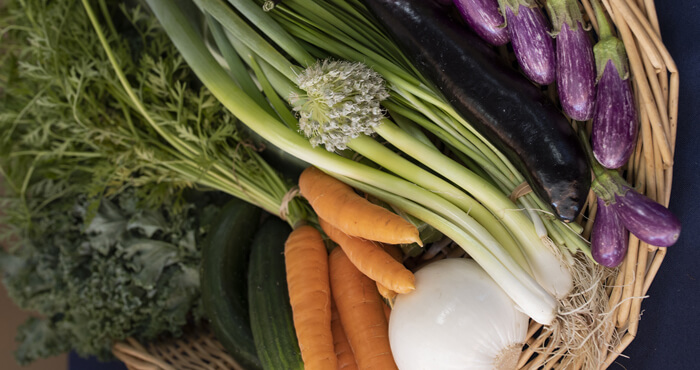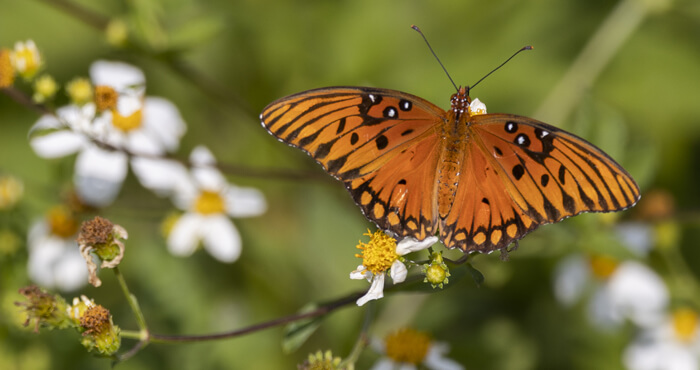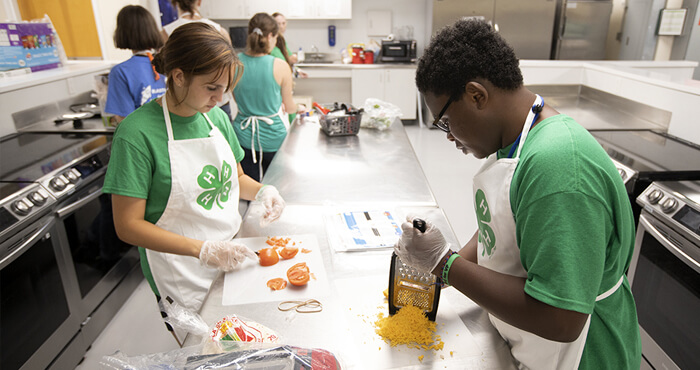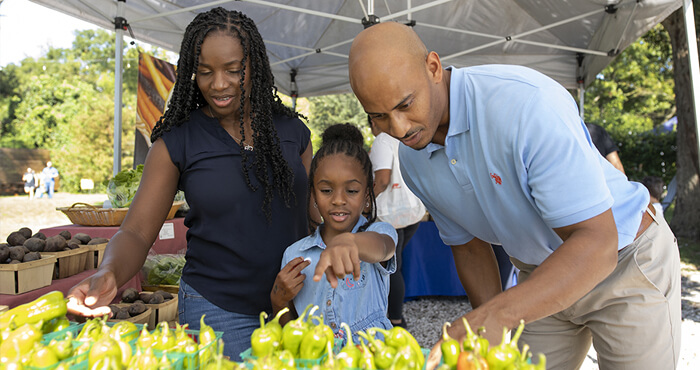
Ladybugs in Florida
Ladybugs have a variety of names—ladybird, ladybeetle—but they all refer to this family of beetles. There are around 6,000 species of ladybugs worldwide and 98 species of ladybugs in Florida.
Ladybugs are oval, small, often brightly-colored insects that are toxic to would-be predators. Ladybugs are considered beneficial because they typically eat plant pests, such as aphids.
The beetle’s oval yellow eggs hatch into larvae that have been described as looking “alligator-like.” Some larvae may excrete a white substance that makes them look similar to mealybugs (see picture below). These larvae then pupate to move on to their adult stage we recognize as ladybugs.
There is a wide variety of adult ladybug appearances. Some are red with black spots; some black with red spots; and some even have no spots and are solid black, orange, or red.
The different ladybugs in Florida feed on the following:
- Aphids
- Mealybugs
- Mildews
- Mites
- Scale insects
- Whiteflies
Ladybugs eat flower nectar, water and honeydew excretions if prey is scarce. Two members of the ladybug family will also eat plants: the squash beetle (Epilachna borealis) and the Mexican bean beetle (Epilachna varivestis). Ladybugs also benefit from plants with extrafloral nectaries. These plants have nectar-producing glands apart from the flower and offer an additional food source especially during harsh weather conditions, such as droughts. Read "Many Plants Have Extrafloral Nectaries Helpful to Beneficials" to learn more about extrafloral nectaries.
Predatory ladybugs are used for biological control of plant pests. In some cases, ladybugs can provide strong control of pest populations, especially in combination with other predators or parasites of pests. Ladybugs can be purchased for consumer use, but keep in mind that released ladybugs may not establish in your garden—if they do not like the conditions, they will simply fly away.
A good way to increase ladybug and other beneficial organisms is to encourage the growth of populations that are already present. Make conditions as favorable as possible and avoid spraying chemicals that will harm them.
Gardeners sometimes mistake ladybug larvae and pupae for pests and kill them. Make sure you are familiar with what the different lifecycle stages of ladybugs look like so you can help them find a happy home in your landscape.
For questions about ladybugs, biological control, or insect identification, contact your local Extension agent.
Resources
Other UF/IFAS Sites
- Gardening Solutions
- Entomology and Nematology Department
- Environmental Horticulture Department
- FAWN: Florida Automated Weather Network
- Florida-Friendly Landscaping™ Program
- Florida Master Gardener Program
- IPM Florida
- Pesticide Information Office
UF/IFAS Publications
State & Federal Agencies
- Florida Department of Agriculture and Consumer Services (FDACS)
- Florida Department of Environmental Protection (FDEP)
- Florida Energy Systems Consortium (FESC)
- U.S. Environmental Protection Agency (EPA)
- USDA Plant Hardiness Zone Map--U.S. National Arboretum
Organizations & Associations
- American Community Gardening Association
- American Horticultural Society
- Florida Native Plant Society
- Florida Nursery, Growers and Landscape Association (FNGLA)
- North American Native Plant Society
Other Sites & Publications
UF/IFAS Mobile Web Apps
Plant Hardiness Zones
RESOURCES
UF/IFAS Publications
- Beneficial Insects
- Beneficial Insects: Lacewings and Ladybugs—Gardening Solutions
- Ladybirds, Lady Beetles, Ladybugs [of Florida]





.jpg)

.jpg)
